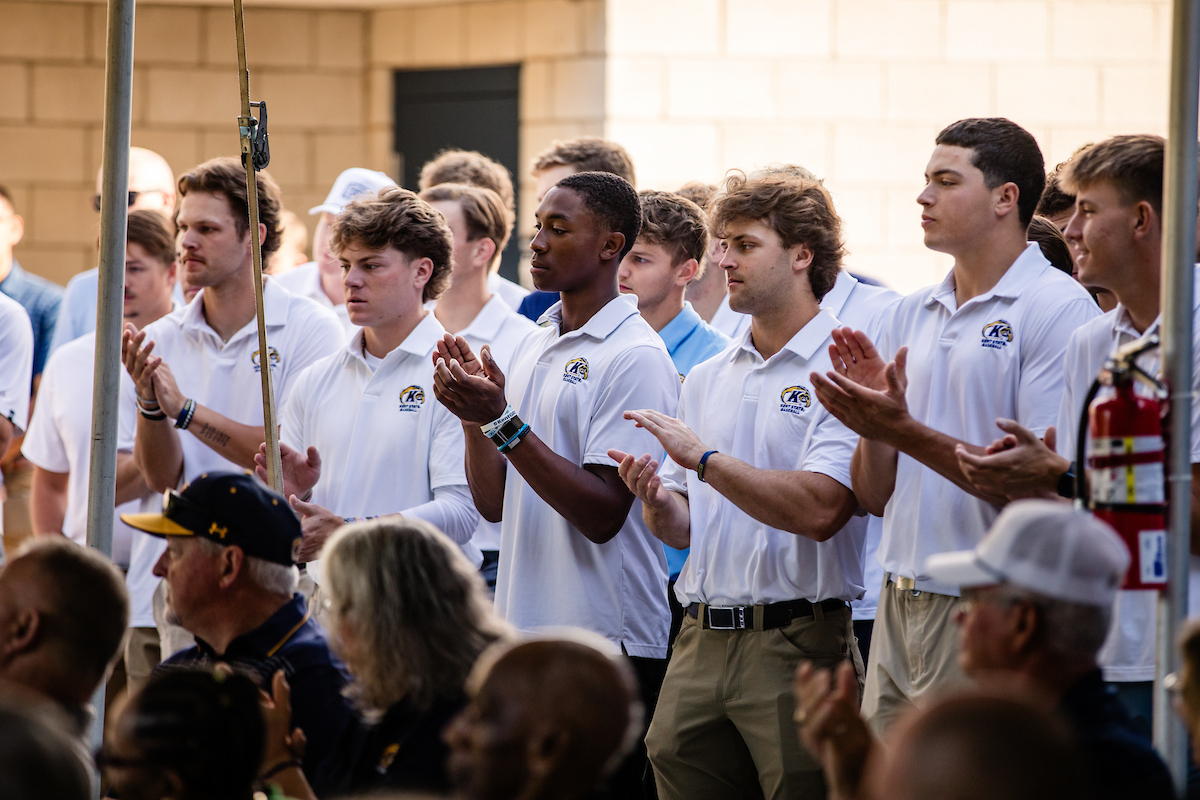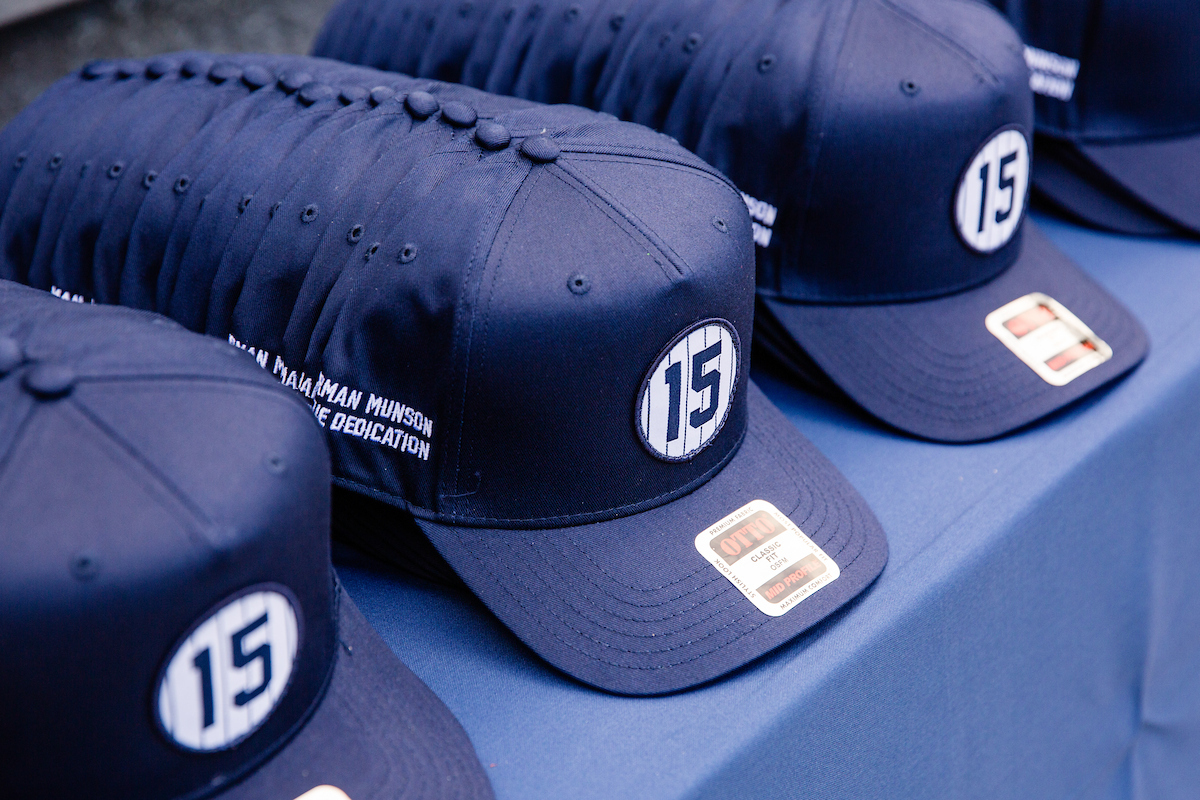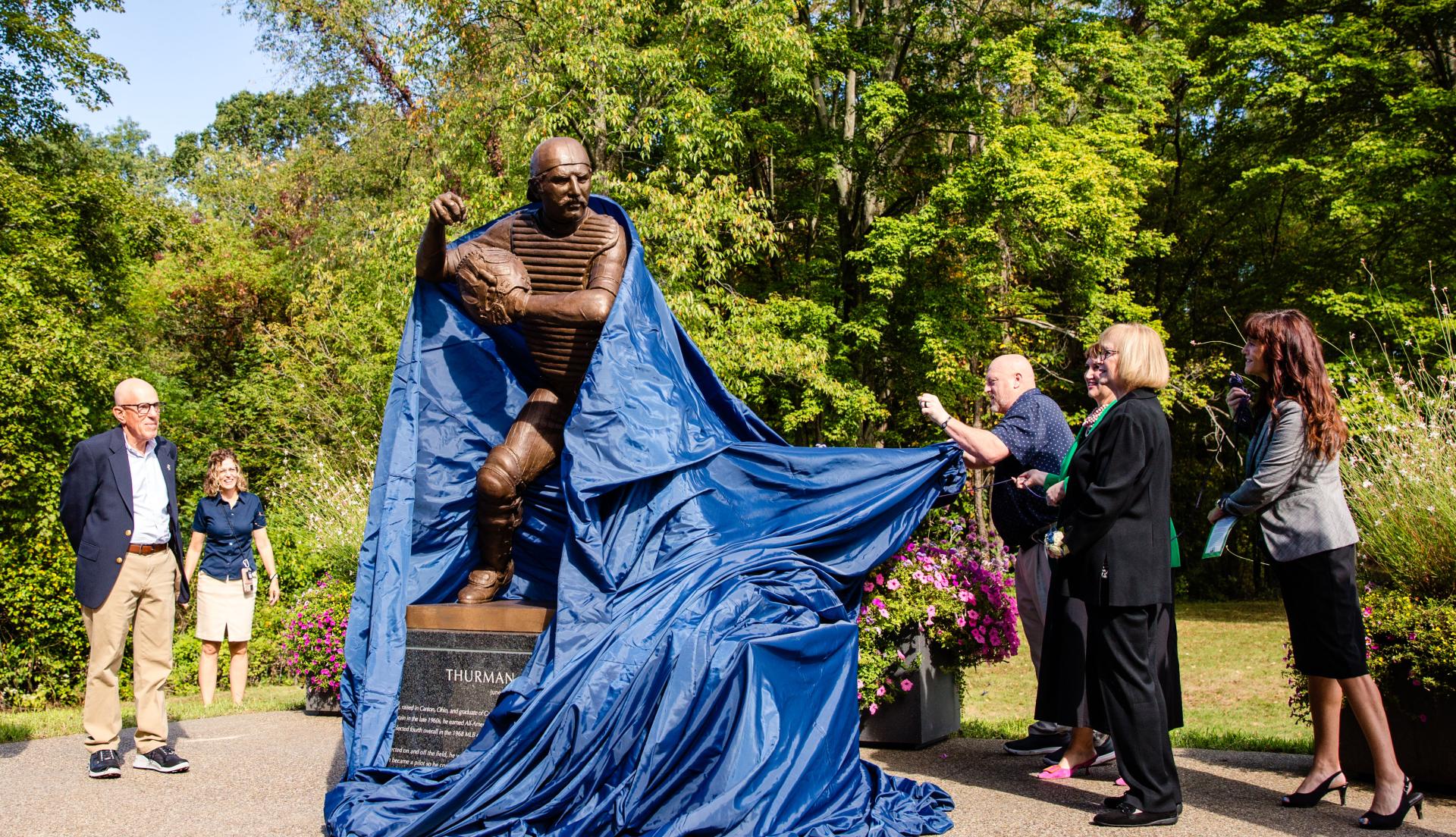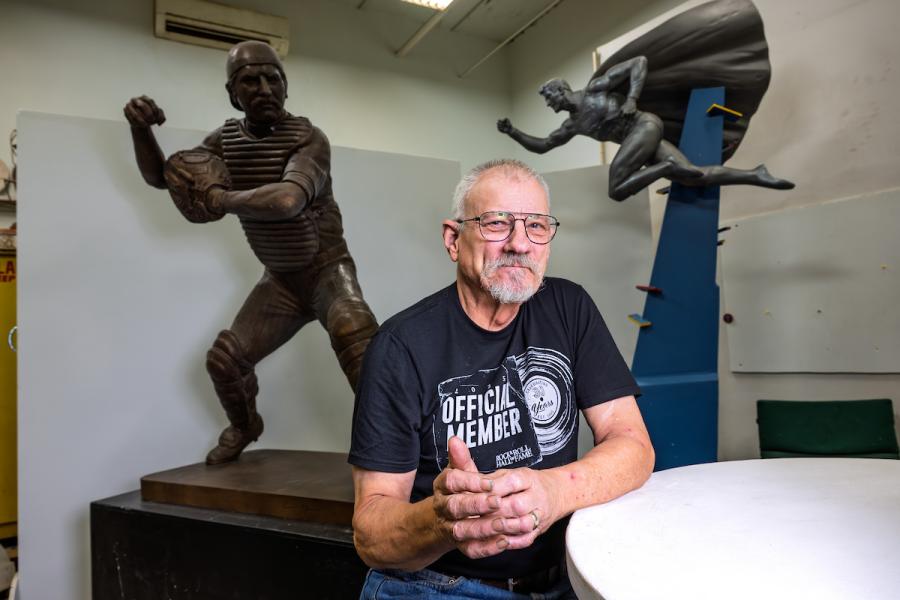Baseball, they say, is a game of numbers.
300 wins. 500 homers. 3,000 strikeouts. All milestone marks in a career.
But baseball is also a game of superlatives.
All-American. Rookie of the Year. Gold Glover. Most Valuable Player. World Series Champion.
Organized baseball has existed for 149 years. In that time, more than 20,000 men have taken the field in the major leagues.
Just two have earned each of the accolades listed above.
One of them is Kent State alumnus and New York Yankees legend Thurman Munson.
Steve Stone, a 1970 graduate of Kent State University and current Chicago White Sox broadcaster, knew Munson before the pair suited up for the Golden Flashes, and continued to stay close friends throughout their major league careers.
“He wasn't gifted with a great body. He was kind of a squatty guy who happened to use every bit of his ability and get it out,” said Stone. “But, his determination is what made him what he was. If there was a contest he was involved in, he couldn't understand why the winner shouldn't be him.”
The Canton Kid Arrives
Thurman Lee Munson arrived at Kent State in 1966 from nearby Lehman High School, in Canton, Ohio, where he had been all-state in football, basketball and baseball.
He and Stone met weeks earlier on the Ohio All-Star team, where Munson played shortstop, believe it or not.
After the all-star series ended, Munson approached Stone with a revelation.
"Thurman came up to me and he said, 'Well, I'll see you in September,'" Stone said. "And I said, 'Sounds like a good song, but what are you talking about?' And he said, 'Well, you're going to Kent State.' I said, 'Yeah.' He goes, 'Well, I'm going to be your catcher.' I said, 'You're a shortstop.' He says, 'No, I'm a catcher. I just didn't want to catch down here.'"
Turns out, there was another reason Munson chose Kent State.
Her name was Diana, and the two were childhood sweethearts. Years later, during a salute to her late husband at Kent State, she would recall their early connection with tenderness.
"Thurman went to Kent because it was close to me,” said Diana Munson. “Education was the key to all of this. He was striving for a better life. When you come from humble beginnings, you want to find a way to elevate yourself. And the only way you can elevate yourself is by learning.”
Building a Dynasty
At Kent State, Munson and Stone became roommates on road trips and formed one of the Mid-American Conference's top all-time pitcher-catcher tandems. Stone, who was named first-team All-MAC in 1968, posted a 6-5 record with a 2.63 earned run average in 18 games during his two seasons with the Golden Flashes.
Together, they developed a devastating pickoff play that left opposing teams helpless.
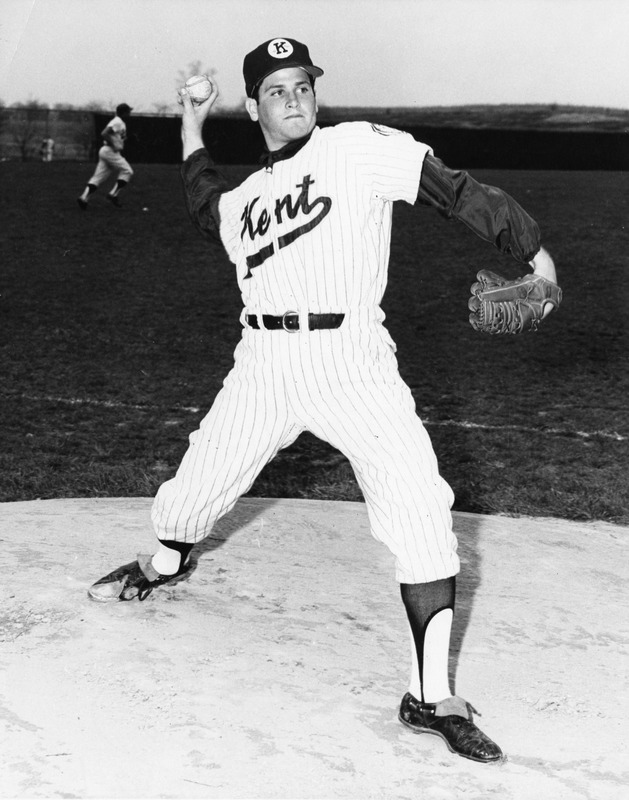
"We had a signal that was a coordination between him and the third baseman where he would give the signal to the third baseman and I would see the signal," Stone recalled. "It didn't matter what was called, I would throw a high tight fastball to a right-hand hitter, move the hitter out of the box, and then Thurman would pick the guy off at third base. He did it in eight straight games to the point where after that nobody took any leads off third when Thurman was catching."
Munson's statistics told their own story. He was named an All-American catcher in 1968 when he hit .413, and he still holds the Kent State career hitting record of .390, achieved during the 1967 and 1968 seasons.
But Stone saw something beyond the numbers – an athlete who maximized every ounce of his ability through sheer determination.
"He was surprisingly fast. He was the second-fastest guy on our team, which was somewhat surprising. He was a tough guy, a great competitor," Stone said.
Their competitiveness extended beyond the baseball diamond.
"He was one of those guys that it really didn't matter if you won or not, he just knew you weren't going to beat him the next time," Stone said. "So, I beat him 25 straight times shooting pool and he just knew the 26th time he would beat me. Of course it was never going to happen. But he was an interesting competitor and a wonderful, wonderful athlete."
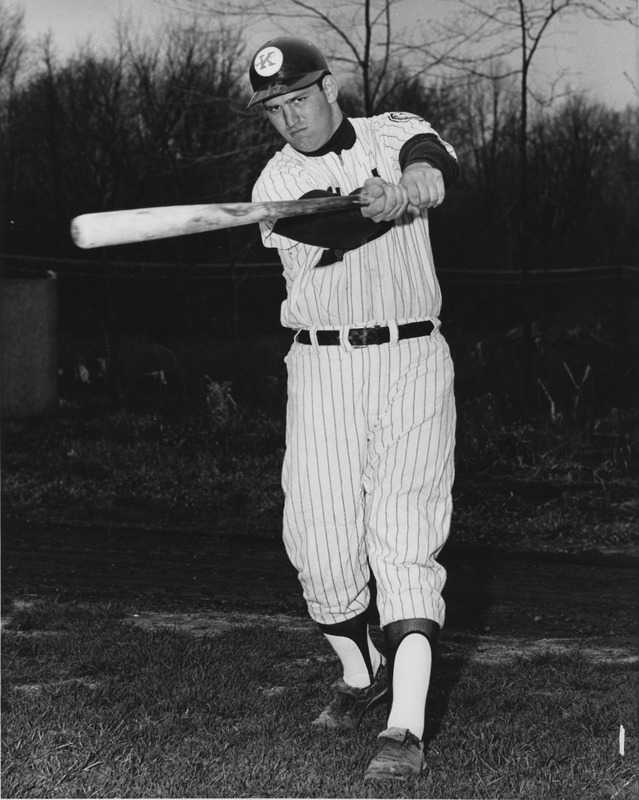
To the Major Leagues
Following the 1968 season, Munson was selected by the Yankees with the fourth overall pick in the MLB draft. He quickly rose through the minor league system, batting over .300 in his two seasons before making his major league debut in August 1969.
In 1970, Munson won American League Rookie of the Year, and in 1976, he was named Yankees captain – the first since Lou Gehrig in 1939. That same year, he won the American League Most Valuable Player Award. Munson remains only one of two players in Yankees history to win both Rookie of the Year and Most Valuable Player honors during his career.
Stone watched his former teammate's leadership qualities emerge as Munson took on greater responsibility.
"I think the leadership aspect of his game grew as he got to be more responsible," Stone said. "The catcher has so many responsibilities. He's got to know what every one of the opposing hitters does, what they can hit, what they can't hit. He's got to know what every one of his pitchers is good at. And it doesn't really surprise me, knowing his personality. He always wanted to be the best at everything that he did."
Munson helped lead the Yankees to three consecutive World Series appearances from 1976-1978, winning championships in 1977 and 1978. His career ended with a .292 batting average, 113 home runs and 701 RBIs across 11 seasons.
He became one of only three catchers in baseball history – along with Johnny Bench and Buster Posey – to win a Rookie of the Year Award, an MVP Award, a Gold Glove Award and a World Series championship during his career. Munson and Posey remain the only two catchers named to a College Baseball All-American team who also claimed all four honors.
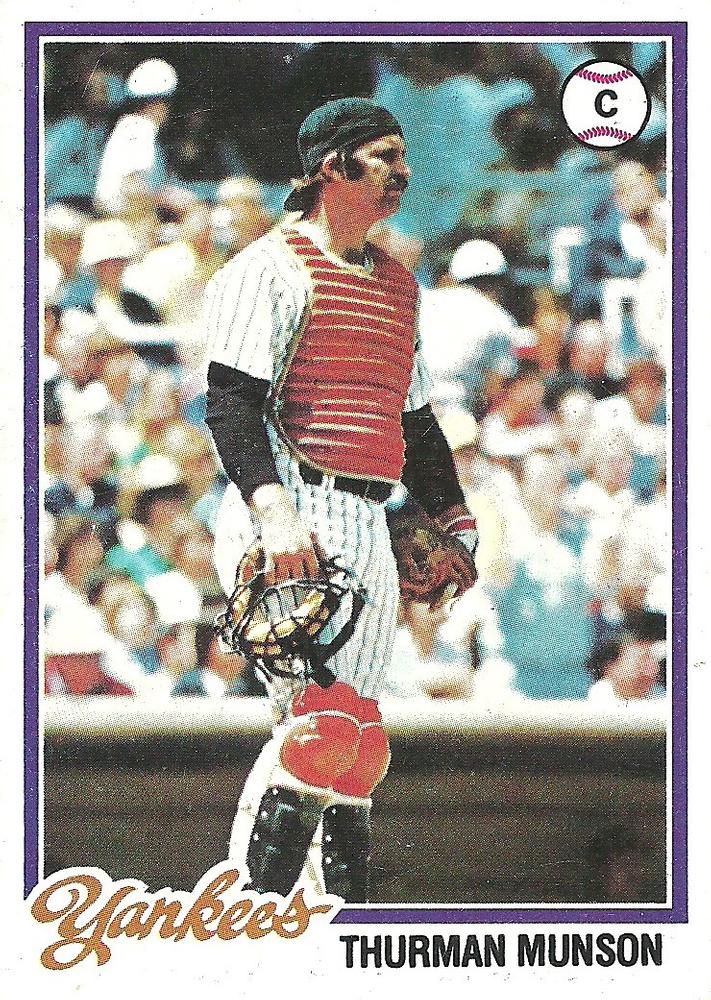
Friendship Across Dugouts
Even as major league opponents, Stone and Munson maintained their friendship. Stone went on to make his major league debut in 1971 with the San Francisco Giants and played 11 seasons with stints in Chicago (Cubs and White Sox) and Baltimore. He helped lead the Orioles to the American League pennant in 1979 and earned the American League Cy Young Award in 1980, when he won 25 games with a 3.23 earned run average.
Whenever the Yankees visited Chicago, Stone would take Munson to one of his restaurants for lunch. One day stands out in Stone's memory – the first time they would face each other in a game.
Munson, a notoriously difficult batter to strike out, came to the plate four times in that game. Stone struck him out three consecutive times with curve balls, a remarkable feat against a player who once struck out only 38 times in more than 600 at-bats.
"He just didn't strike out," Stone said.
But Munson found his revenge in typical fashion. In the ninth inning, with the White Sox trailing 2-1, he picked off Stone's teammate at second base to preserve the Yankees' victory.
"He sends a note," Stone recalled. "'If I can't beat you with my bat, I'll beat you with my arm.'"
The Day Everything Changed
On Aug. 2, 1979, Munson was practicing takeoffs and landings at Akron-Canton Airport in his Cessna Citation jet. The Yankees were pursuing a third consecutive championship.
He bought a plane so that he could spend more time with his wife and three children during days off. Munson was just 32 years old.
The plane crashed short of the runway, bursting into flames. Munson died of asphyxiation, trapped in the cockpit as his two passengers escaped with burns.
Stone was in Texas when his father called with the devastating news.
"I remember my dad gave me a call and at the time the Cleveland Cavaliers had a center by the name of Nate Thurmond," Stone recalled. "And my father being from Cleveland, calls me up in Texas and he says, 'Thurman died.' I thought it was Nate Thurmond until he specified that it was Thurman Munson."
Days later, Stone stood with the Baltimore Orioles for a pregame ceremony at Yankee Stadium that would become one of baseball's most emotional moments.
"We're all standing there in front of the dugouts, and they put up on the scoreboard, a black circle that was number 15," Stone said. "And then they put up a eulogy. And everybody kind of thought this would be a little bit, and then we would sit down and get ready to go. And it wasn't the case. The fans wouldn't stop cheering."
Then came the image that Stone still remembers vividly: "What we couldn't have possibly known, which was still awe inspiring and still gives me chills up my spine, is when the Yankees took the field with eight players, no catcher. That was something."
The Yankees immediately retired Munson's number 15. In 1980, a year after his death, Kent State inducted him into the Varsity "K" Hall of Fame.
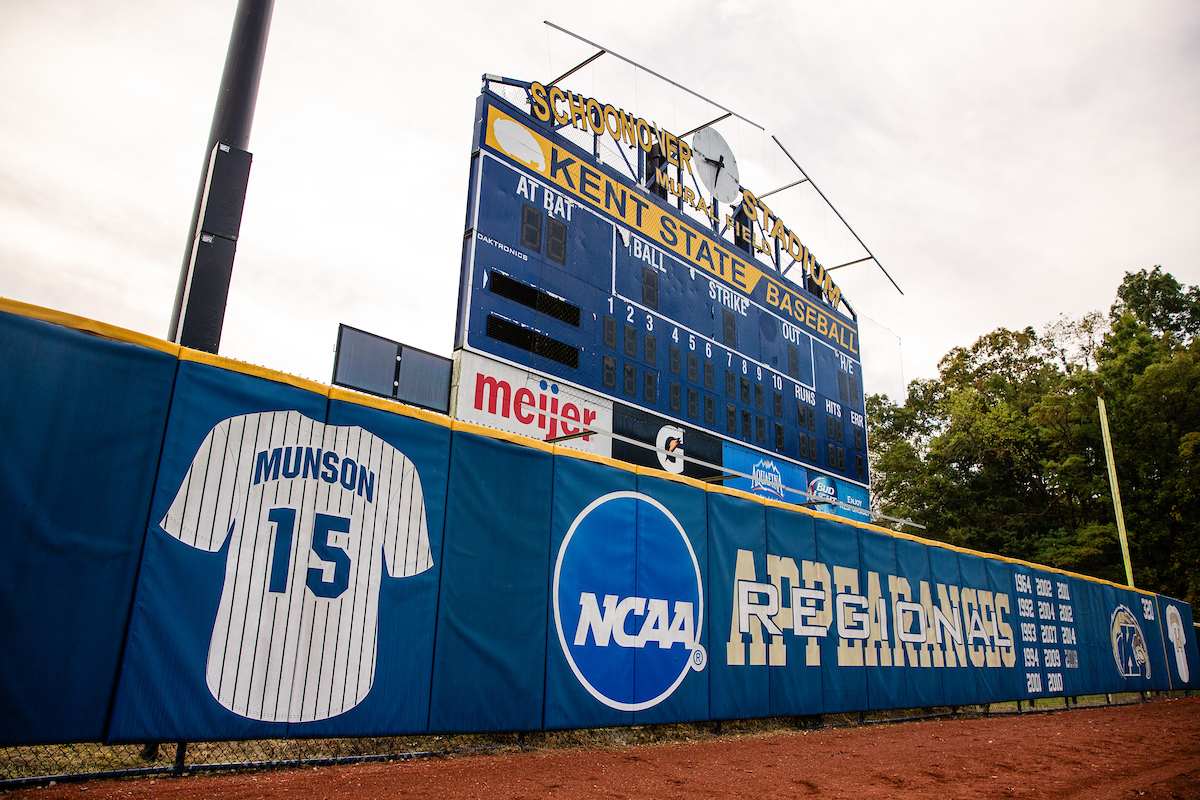
Preserving His Memory
On a sunlit Saturday afternoon in late September, Kent State University unveiled the first full-sized bronze statue honoring Thurman Munson.
The ceremony brought university officials, former teammates and Munson's family, together at Schoonover Stadium, where Munson has inspired generations of Kent State baseball players.
The statue was commissioned through private support from many donors, with lead gifts from Tom, ’74, and Barbara Cole, Howard, ’74, ’75, and Barbara Fleischmann, ’75, and Dave, ’80, and Adrian Edmonds. The names of all donors are included on the statue.
It was created by acclaimed sculptor David Deming, whose sports-themed works include statues of Jim Thome, Jim Brown, Larry Doby and Frank Robinson, in addition to Superman.
The Art of Sculpting Spirit
Peek into the process behind the making of the Thurman Munson sculpture with renowned artist David Deming.
Read More »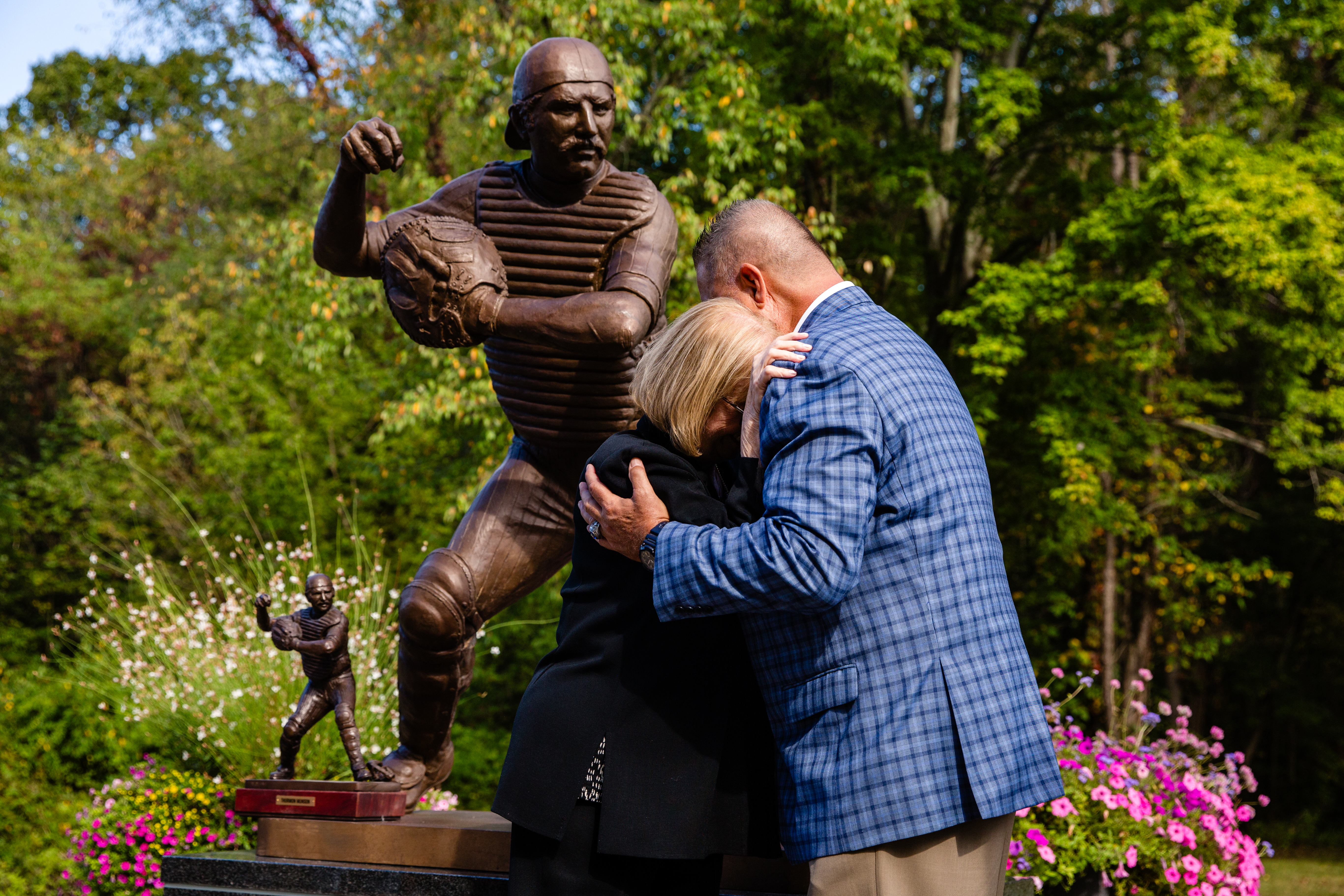
"For me, this is a day where we celebrate excellence," Kent State President Todd Diacon told the gathered crowd. "It's a day where we celebrate Kent State, and it's a day when we celebrate excellence at Kent State."
For Diana Munson, it was a time to reflect on her husband, her family and the legacy they built together.
"I want you to know Thurman was more than a monument and more than a statue. He was a man of character and integrity, and everything he did, he did to be the best,” she said.
Today, she sees Thurman in her seven grandchildren.
"I'll see my seven grandchildren, and I'll see a little something special they do. And I just kind of stare at them, and they go ‘Grams just being weird’," Diana said. "It's because I see little pieces of him through them, and it's the reason I'm able to go on."
She wanted the crowd to know that the public's perception of Thurman – gruff, grouchy, difficult – was incomplete.
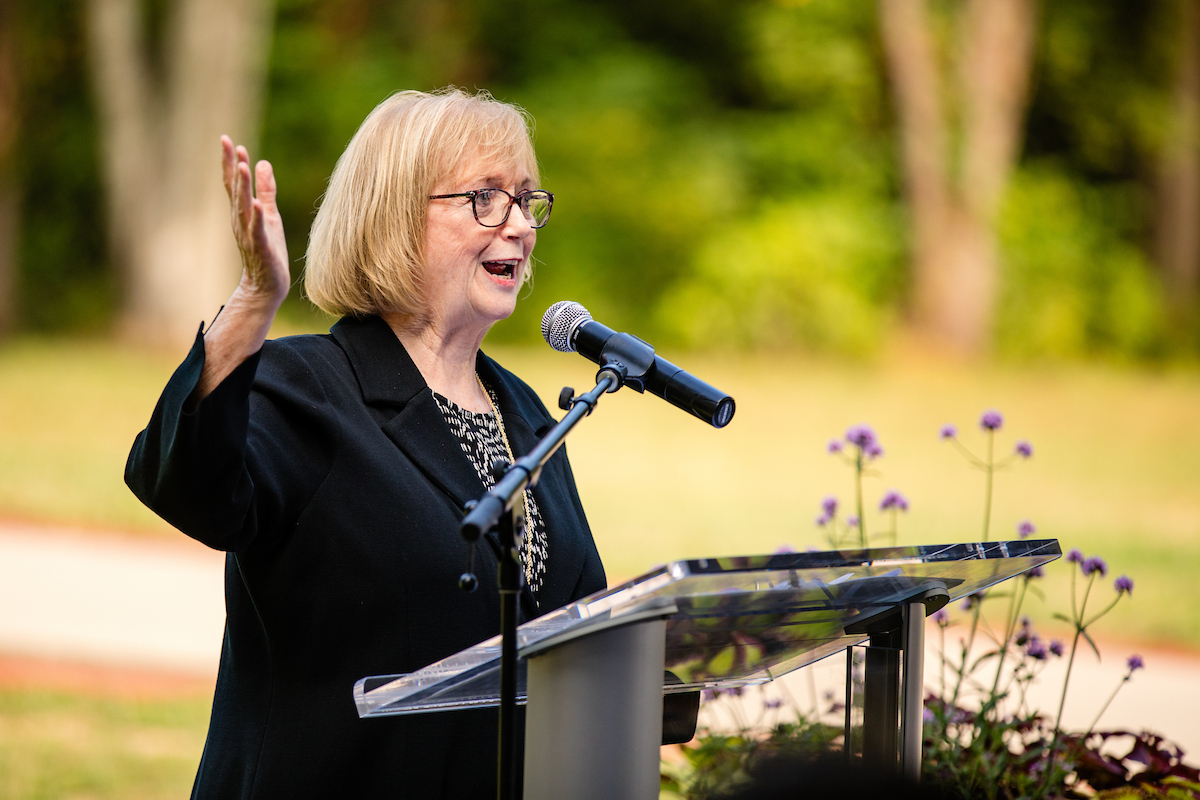
"He was rough and tough as they come, ask any sports reporter, because they couldn't wait to say he's grouchy, he's this, he's that, and he was, I can't lie," Diana said. "But they never saw the tender, loving, gentle, special side, making Thurman Munson who he is."
She closed with a simple but powerful tribute: "David Deming gave us Superman in Cleveland, but he gave me my Superman in Kent"
Stone believes his former roommate and battery mate was on a path to the Hall of Fame when his life was cut short.
"I rooted for him when we weren't playing (each other), and he went on to have a magnificent career that I truly believe would have allowed him to find his way to Cooperstown had he not had the accident," Stone said.
An inscription on the base of the statue reads in part, “Deeply respected on and off the field, he (Munson) was known for his toughness, loyalty and quiet leadership.”
Now the bronze figure of No. 15 stands watch at Schoonover Stadium – a reminder to every player who passes by that greatness isn't always gifted. Sometimes it's willed into existence, one game at a time.
At long last, the captain has come home.
